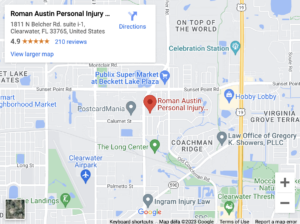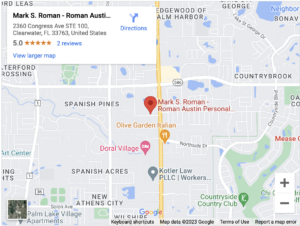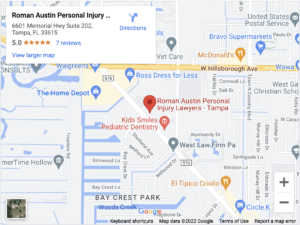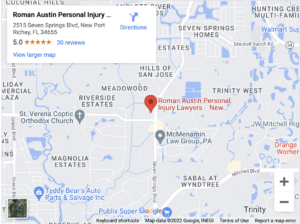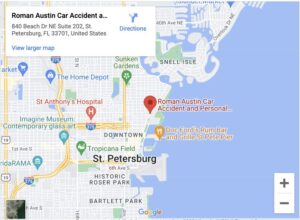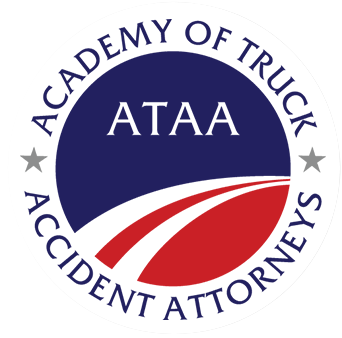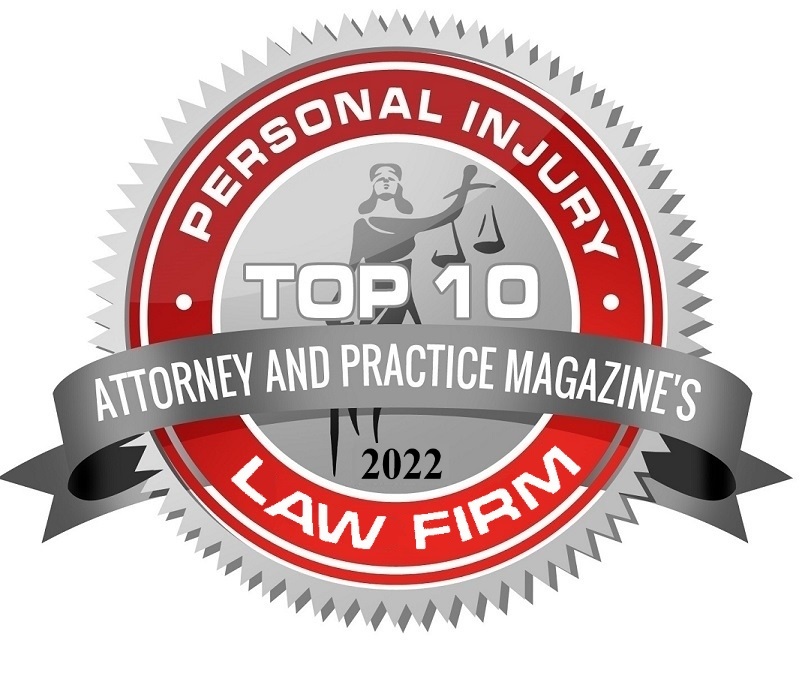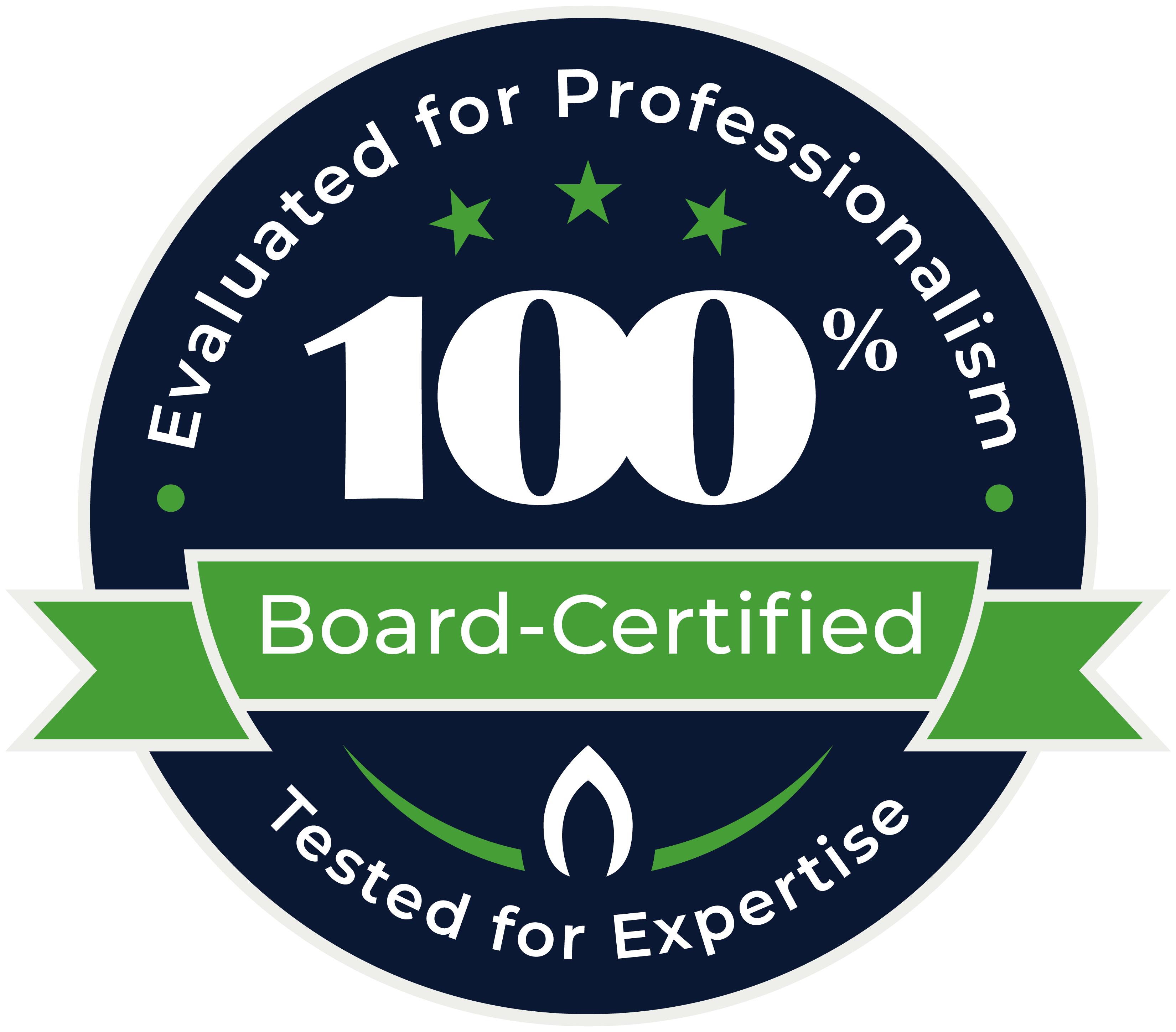
Healthy knees are essential to maintaining the quality of life. When you injure your knees, you cannot stand or walk easily. You may even need help performing your daily activities.
As a result, a knee injury could have a substantial financial impact. You will have expenses for medical care, and you might have no income due to your injury.
Learn about the causes and symptoms of a knee injury and the compensation you can seek.
What Is the Anatomy of Your Knees?
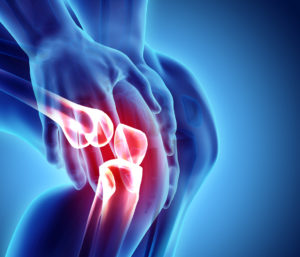
Your knees support the entire weight of your body. At the same time, they must provide the flexibility and strength to bend your legs as you sit, walk, run, jump, and lift.
Your knees form a joint between three bones. The femur in your upper leg is the largest bone in your body. The tibia bears all of your weight in your lower leg while the fibula stabilizes your ankle. Your knee includes connections among all three of these bones.
A fourth bone sits over the knee to protect it. The patella or kneecap does not provide any support functions.
Your leg muscles also come together at your knee. Some even cross your knee. These muscles and tendons cooperate to give your legs strength and movement.
Your quadriceps and hamstrings muscles run from your hips to your knee. The quadriceps attach to your femur just above your knee, and your hamstrings attach to your tibia below your knee. A large tendon called the iliotibial band runs from your hip to the outside of your tibia. Your calf muscles run from your Achilles tendon to your femur.
Knee Ligaments
Ligaments hold the skeleton together. These tough bands of elastic material give your skeleton structure by guiding how the joints can and cannot move.
- The anterior cruciate ligament (ACL) helps to connect the front of the tibia to the femur
- The posterior cruciate ligament (PCL) works to connect the back of the tibia to the femur
- The medial collateral ligament (MCL) serves to connect the inner side of your femur to your tibia
- The lateral collateral ligament (LCL) forms the connection between the outer side of your femur and fibula
The ACL and PCL guide how your lower leg pivots front to back at your knee. The MCL and LCL limit your leg from pivoting side to side at your knee.
Knee Cartilage
Cartilage lines your joints and is formed by collagen. This protein forms a tough surface in your joints to absorb shock and provide a smooth surface for the bones to move against each other.
When your cartilage gets damaged, the bones might grind against each other instead of moving smoothly. Eventually, the bones will wear out and develop arthritis.
In your knees, the articular cartilage lines the end of your femur, and the meniscus sits on the end of the tibia. The meniscus includes two curved cartilage pieces forming a cradle for your femur.
What Causes Knee Injuries?
Knee injuries happen due to trauma or overuse. Overuse injuries occur when repetitive motions cause small cracks and tears. If you continue to repeat the motions without rest, the damage accumulates.
Overuse injuries often happen in the workplace. As a result, these injuries can form the basis of a workers’ compensation claim.
Traumatic injuries to the knee result from:
Penetrating Trauma
When an object pierces the knee, it can sever the knee ligaments. It can also tear muscles and tendons that converge at the knee. If the object gets between the femur and tibia, it can destroy the knee’s cartilage lining.
In addition to the damage caused by the object, you will also have an open wound. The wound can get infected, causing further damage inside the knee.
Penetrating trauma can happen in traffic accidents. In a motorcycle accident, objects can pierce the knee as the motorcyclist slides across the pavement. They can also happen in workplace accidents when objects get propelled into the knee or workers fall onto sharp objects.
Blunt Trauma
Blunt trauma happens when something hits your knee without breaking the skin. A falling object can cause blunt trauma. You might also suffer blunt trauma if you hit your knee on the ground after a trip and fall or slip and fall accident.
Hyperextension
Hyperextension injuries happen when your knee bends unnaturally. Almost any accident can cause a hyperextension injury. A car accident or a slip in a puddle on someone else’s premises can tear the knee ligaments and cartilage.
What Types of Knee Injuries Can Occur?
Knee injuries can take many forms depending on the damaged knee structures. Some examples of knee injuries include:
Knee Strain
Strains happen when you stretch or tear the tendons or muscles near your knee. Since these injuries do not affect the joint directly, symptoms in your knee may radiate to your thigh or calf.
Some symptoms of knee strain include:
- Pain
- Swelling
- Weakness
- Muscle stiffness
- Muscle spasms
Knee strain will usually clear up without surgery in four to six weeks. Afterward, you might need physical therapy to strengthen your leg muscles.
Sprained Knee
Sprains happen when knee ligaments get stretched or torn. When you suffer a knee sprain, you might feel or hear your knee pop during your accident.
Other symptoms of a sprained knee include:
- Pain
- Swelling
- Bruises
- Knee instability
- Limited range of knee motion
Minor sprains will heal with rest. Severe sprains may require knee surgery, particularly those involving a full-thickness tear.
Torn Cartilage
An accident can damage the cartilage lining the knee.
Symptoms of torn knee cartilage include:
- Pain
- Swelling
- Clicking or hitching in the knee
- Limited knee motion
Cartilage heals slowly. Your knee might need months of rest to heal torn cartilage. Doctors may also perform surgery to remove loose or floating cartilage in the knee.
What Compensation Can You Seek for a Knee Injury?
You can seek workers’ compensation benefits if you have suffered a knee injury in the workplace. These benefits cover your medical expenses and part of your lost income.
If an accident injures your knee, you can seek compensation from the at-fault party and their insurer. You need to prove the other party’s negligence in causing the accident. If you succeed, you can receive compensation to cover your damages, including medical bills, lost income, and pain and suffering.
To discuss the compensation you can seek for your knee injury, contact Roman Austin Personal Injury Lawyers at (727) 787-2500 for a free consultation.

